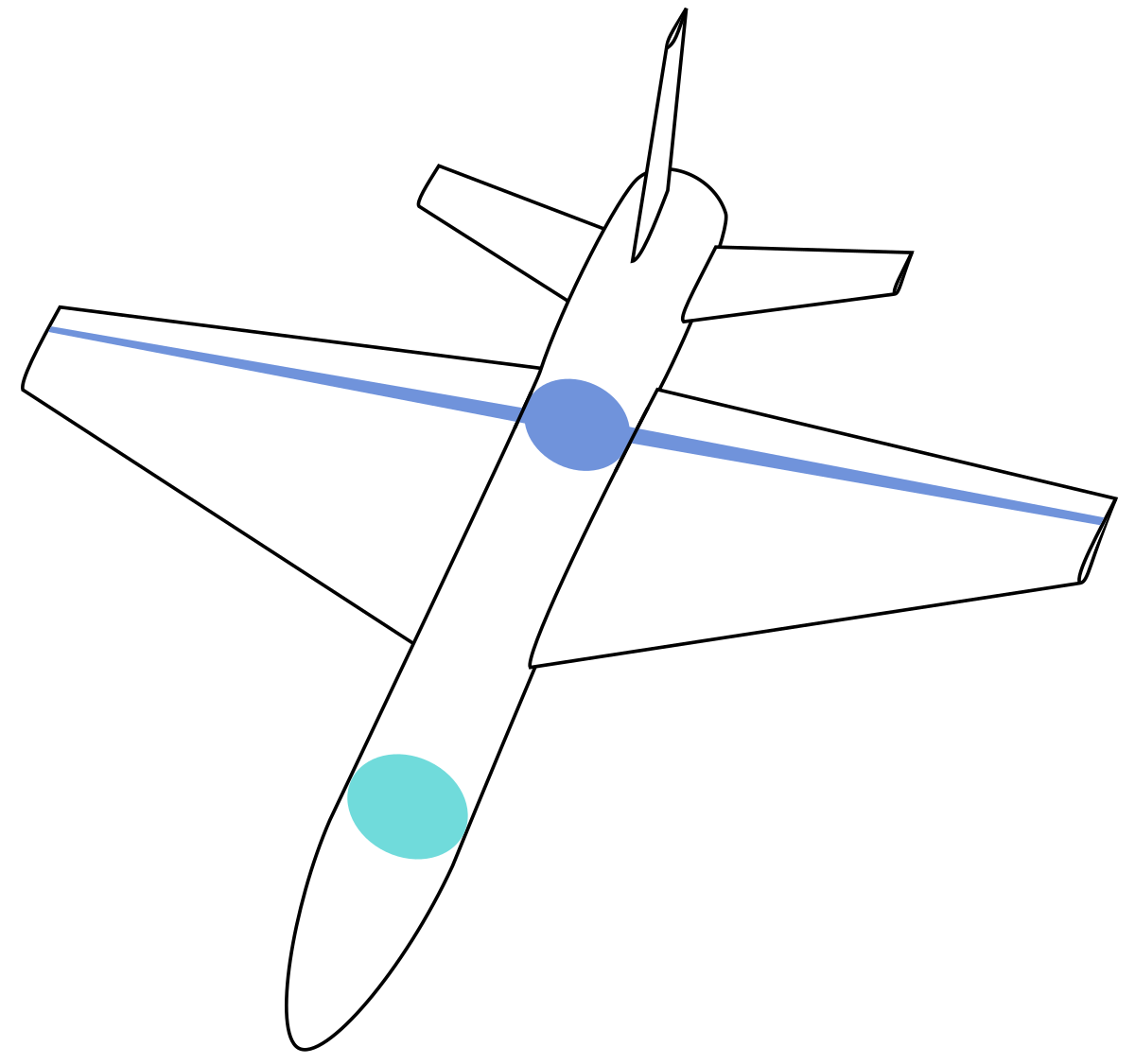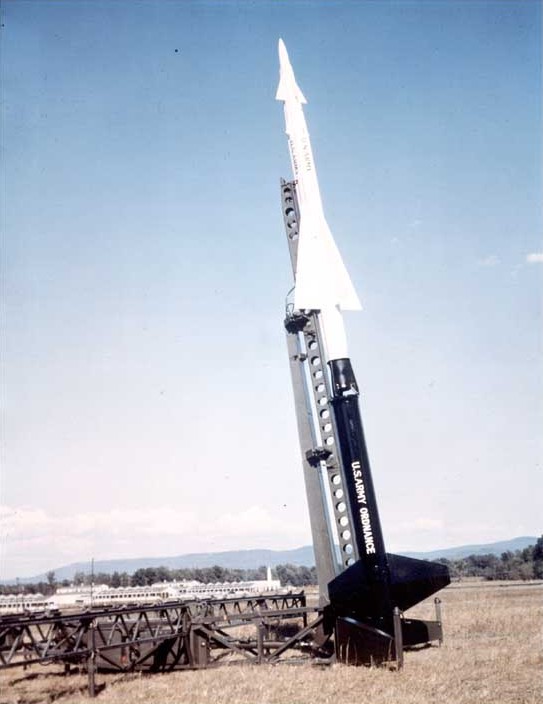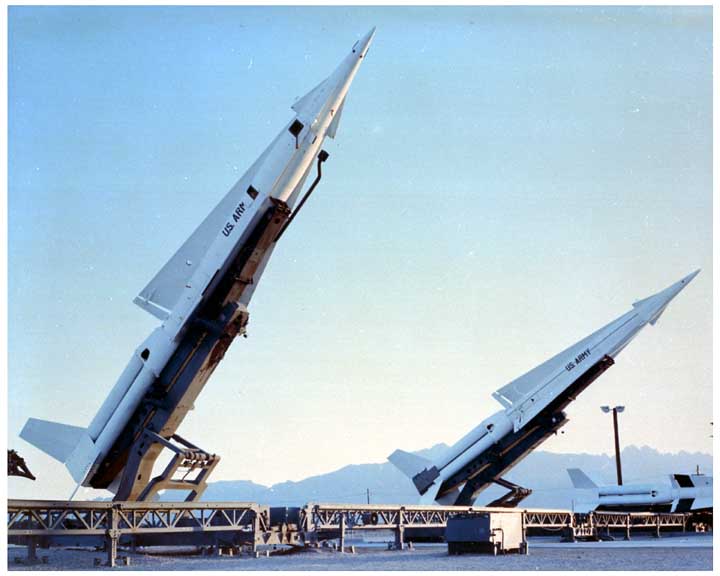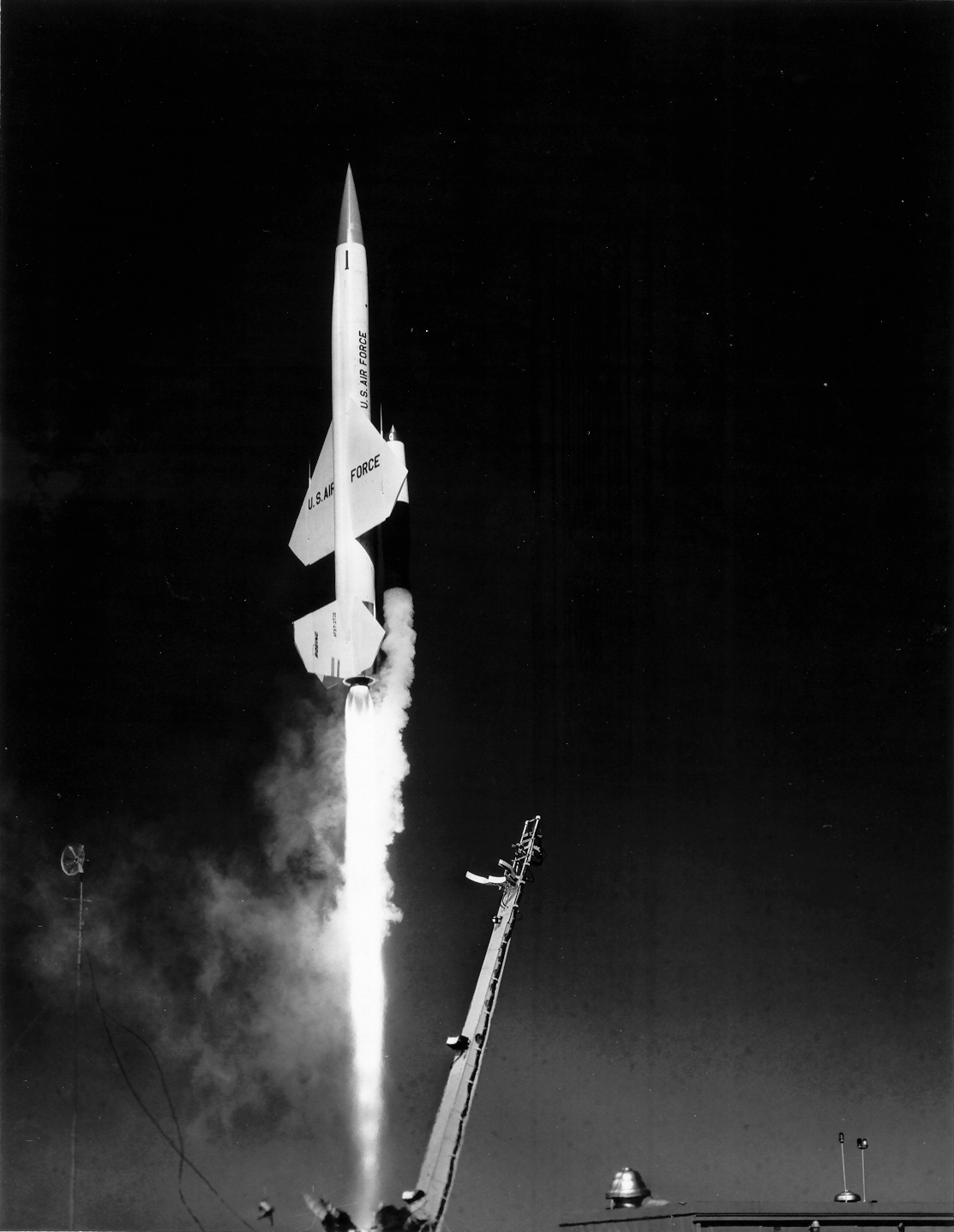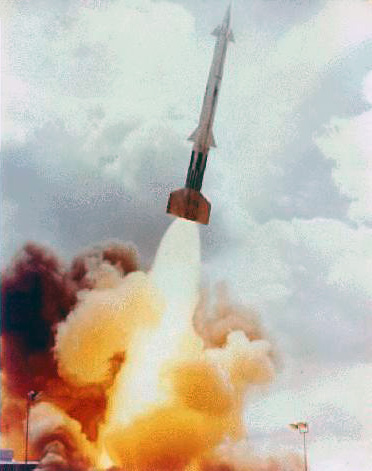davparlr
Senior Master Sergeant
By the end of the Korean War, the Air Force had arguably the best fighter plane in the world, the F-86F, the first supersonic F-100 had flown, the best operational bomber, the B-47, and the incredible B-52 had flown. Somewhat flush with money and the advent of a powerful new enemy, the Soviet Union, the Air Force began to wander a bit. The F-100 was the first operational supersonic fighter, but because of this, it incurred several operational and performance problems. It appeared a bit pudgy compared to the two plus year later and slightly better performing, and similar powered F8U-1. The F-100C seems not to have area ruling and is 6 ft shorter than the trimmer looking F8U-1. Their fighter development seemed to be aimed at specific jobs, namely two main missions, air defense against Russian bomber, represented by the impressive performing but limited task F-104, and the marginally successful F-102 (although the excellent F-106 was in the works). The other mission was the tactical nuclear/penetration capable fighter bomber, the underperforming F-101, and the powerful, fast and iconic F-105. None of these were basic air superiority fighters like the F-86 and F8U. The AF had bitten hard into the no dogfight combat scenario. The Air Force did not try to upgrade the F-100 to the latest F-8 engine, the 18000 pound thrust J57-P-20A. This would have made the F-100 quite comparable to latest F8U as a dog fighter. It would have been slightly slower but would have better wing loading, climb faster, similar thrust to weight ratio, and would have 50% better firepower, four M39 cannons of 1500 rounds per minute (RPM) vs.four Mark 12 cannons of 1000 RPMs. The F-100s could have been effective in providing Combat Air Patrols in the early part of the war, adding to an already outstanding capability, the F-100 flew more combat missions in Vietnam than any other fighter. But the Air Force was caught napping as was the Navy in Korea. Like the Navy in 1950, the Air Force was not ready for an air control war in 1960. What could the AF have done, well, my favorite would be to buy the XF-90 instead of the F-101, only with J-79 engines and area ruling, therefore having a F4 equivalent operational four years before the F4. A lot easier and cheaper would be to upgrade the engine and let it tangle with the Migs over Vietnam, I think it could handle the job quite well until the F4 came on.

